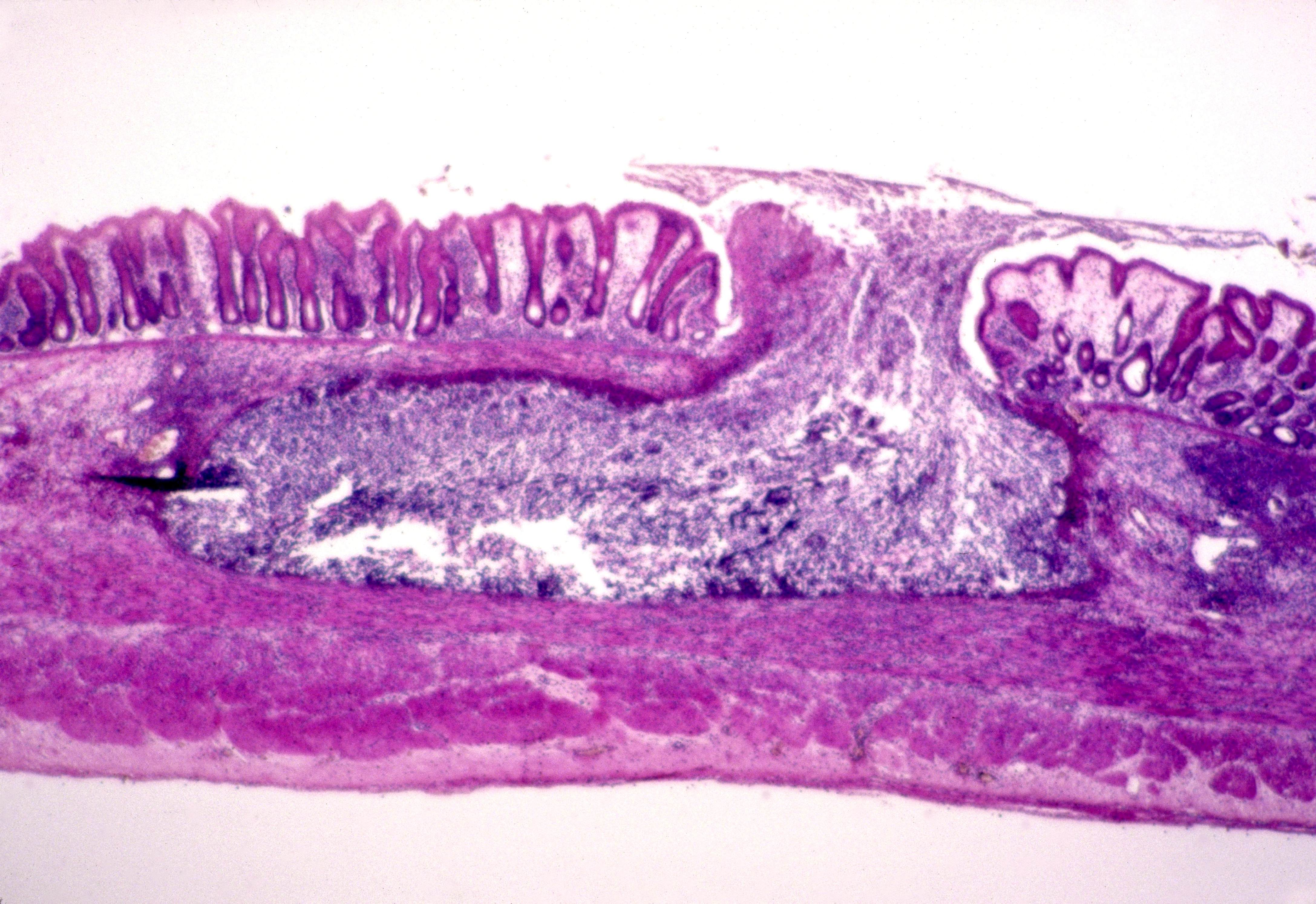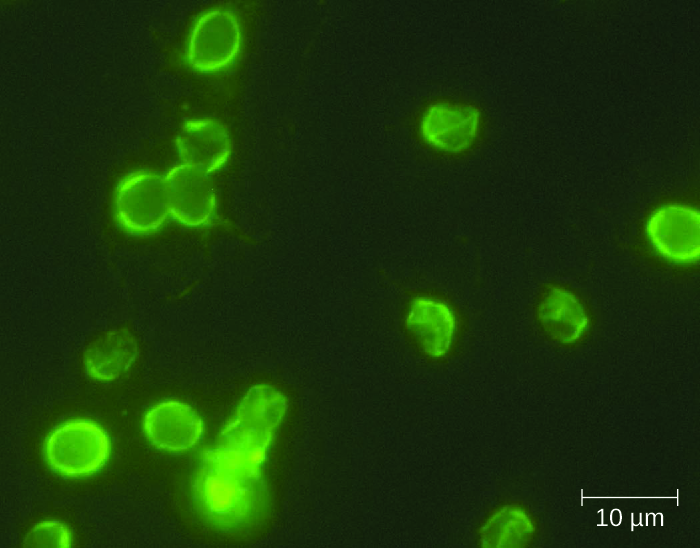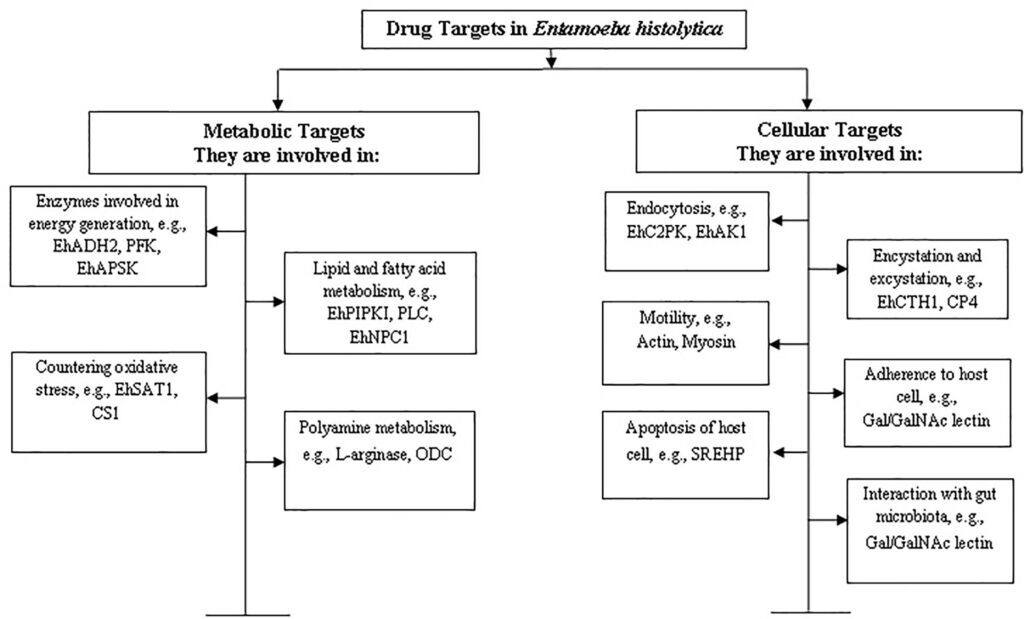Amoebiasis, also known as Amebic Dysentery, is a parasitic infection caused by a microscopic organism called Entamoeba histolytica. This condition affects millions of people worldwide, particularly in regions with poor sanitation and hygiene practices. The infection primarily targets the intestines but can spread to other organs, leading to severe complications if left untreated. Understanding its causes, recognizing its symptoms, and seeking proper diagnosis and treatment are crucial steps in managing this disease effectively.


Causes of Amoebiasis
The primary cause of Amoebiasis is the parasite Entamoeba histolytica. This single-celled organism enters the human body through the ingestion of contaminated food or water. Below are some of the common ways through which the infection spreads:
- Contaminated Water: Drinking water that has been polluted with fecal matter containing the parasite is one of the most common causes of infection.
- Contaminated Food: Eating raw vegetables, fruits, or other foods washed with contaminated water can introduce the parasite into the body.
- Poor Hygiene Practices: Failing to wash hands properly after using the toilet or before handling food can lead to the transmission of the parasite.
- Person-to-Person Contact: Close contact with an infected individual, especially in settings like daycare centers, can result in the spread of the parasite.
It is important to note that not everyone who comes into contact with Entamoeba histolytica will develop symptoms. Some individuals may carry the parasite without showing any signs of illness, making them potential carriers who can unknowingly spread the infection to others.
Symptoms of Amoebiasis
The symptoms of Amoebiasis can vary widely depending on the severity of the infection and whether it remains confined to the intestines or spreads to other parts of the body. In mild cases, individuals may experience no symptoms at all. However, when symptoms do occur, they typically include:
Gastrointestinal Symptoms
- Diarrhea: Loose, watery stools are a hallmark symptom of intestinal Amoebiasis. In severe cases, the diarrhea may contain blood, giving it a characteristic appearance often referred to as “dysentery.”
- Abdominal Pain: Cramping or discomfort in the abdominal region is common, particularly in the lower part of the abdomen.
- Bloating and Gas: Individuals may experience excessive gas and bloating due to the irritation of the intestinal lining.
- Nausea and Vomiting: These symptoms may accompany diarrhea and abdominal pain, further contributing to dehydration.
Systemic Symptoms
In more severe cases, the infection can spread beyond the intestines, leading to systemic symptoms such as:
- Fever: A low-grade fever may develop as the body attempts to fight off the infection.
- Fatigue: Persistent tiredness and weakness are common, especially if the infection leads to significant blood loss or dehydration.
- Weight Loss: Chronic diarrhea and reduced appetite can result in unintended weight loss over time.
Complications
If left untreated, Amoebiasis can lead to serious complications, including:
- Abscesses in the Liver: The parasite can travel through the bloodstream to the liver, causing painful abscesses that require immediate medical attention.
- Peritonitis: In rare cases, the infection can perforate the intestinal wall, leading to inflammation of the abdominal cavity.
- Spread to Other Organs: Although less common, the parasite can infect other organs such as the lungs or brain, posing life-threatening risks.
Diagnosis of Amoebiasis
Accurate diagnosis of Amoebiasis is essential for effective treatment. Healthcare providers use a combination of clinical evaluation, laboratory tests, and imaging studies to confirm the presence of the parasite and assess the extent of the infection.
Clinical Evaluation
The first step in diagnosing Amoebiasis involves a thorough review of the patient’s medical history and symptoms. The healthcare provider will ask about recent travel, dietary habits, and exposure to potentially contaminated environments. A physical examination may reveal tenderness in the abdomen or other signs of gastrointestinal distress.
Laboratory Tests
Several laboratory tests can help identify the presence of Entamoeba histolytica:
- Stool Examination: Microscopic analysis of stool samples can detect the presence of the parasite or its cysts. Multiple samples may be required for accurate results.
- Blood Tests: Elevated white blood cell counts or specific antibodies against the parasite may indicate an active infection.
- DNA Testing: Polymerase chain reaction (PCR) tests can detect the genetic material of the parasite in stool or tissue samples, providing a highly sensitive and specific diagnosis.
Imaging Studies
In cases where complications are suspected, imaging studies such as ultrasound, CT scans, or MRI may be used to identify abscesses in the liver or other affected organs. These tests help guide treatment decisions and monitor the progress of the infection.
Treatment of Amoebiasis
Once diagnosed, Amoebiasis can be treated effectively with medications and supportive care. The treatment approach depends on the severity of the infection and whether it has spread beyond the intestines.
Medications
Antiparasitic drugs are the cornerstone of treatment for Amoebiasis. The two main types of medications used are:
- Metronidazole: This drug is typically prescribed to eliminate the active form of the parasite in the intestines and other affected tissues. It is usually taken for 7 to 10 days, depending on the severity of the infection.
- Paromomycin: After completing a course of metronidazole, patients may be prescribed paromomycin to eradicate any remaining cysts in the intestines, reducing the risk of recurrence.
In cases of liver abscesses, additional medications or procedures may be necessary to drain the abscess and prevent further complications.
Supportive Care
Supportive care plays a critical role in managing the symptoms and preventing complications of Amoebiasis:
- Hydration: Oral rehydration solutions or intravenous fluids may be administered to address dehydration caused by diarrhea and vomiting.
- Pain Management: Over-the-counter pain relievers can help alleviate abdominal pain and cramping.
- Nutritional Support: A bland diet rich in fluids and electrolytes can aid recovery and restore lost nutrients.
Prevention of Recurrence
To prevent the recurrence of Amoebiasis, individuals should adopt the following preventive measures:
- Improved Hygiene: Regular handwashing with soap and water, especially after using the toilet and before eating, is essential.
- Safe Drinking Water: Boiling or filtering water before consumption can reduce the risk of contamination.
- Proper Food Handling: Washing fruits and vegetables thoroughly and avoiding raw or undercooked foods can minimize exposure to the parasite.
Living with Amoebiasis
While Amoebiasis can be debilitating, most individuals recover fully with appropriate treatment. However, it is important to remain vigilant about hygiene and preventive measures to avoid reinfection. Regular follow-up with healthcare providers ensures that any lingering issues are addressed promptly.
Global Impact and Public Health Efforts
Amoebiasis remains a significant public health concern, particularly in developing countries with limited access to clean water and sanitation facilities. Global health organizations are working to improve infrastructure, educate communities, and promote research into more effective treatments and vaccines. By addressing the root causes of the infection, these efforts aim to reduce the burden of Amoebiasis worldwide.





